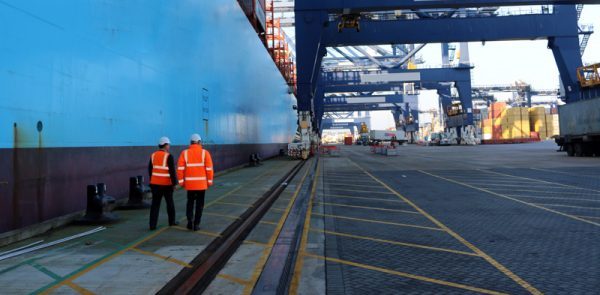Port State Control (PSC) is the internationally agreed regime for the inspection of foreign ships in other national ports by official PSC inspectors. Inspectors are focusing, among others, to safety of navigation as one of the main aspects of safety on board. As ECDIS became a vital part of bridge culture, PSCOs have become more experienced on related issues.
Generally, a typical inspection of a PSCO on a bridge includes:
- Chart handling (availability, condition, update status)
- Passage Planning
- Publications (availability condition, update status)
- Related Equipment condition
- OOWs issues (training, familiarization, competence, work & rest hours)
- SMS related procedures
Taking the crucial elements of chart/publications and planning the following changes have been occurred:
Charts/Publications
As the delivery of charts/publications is being made through electronic means (e mail, CD, USB etc), the availability is out of question. All available ENCs and relevant electronic publications are available on board. Updating them has become also an easy procedure since there is no need for Navigation Officer to spend all his available time trying to incorporate notices, temporary and preliminary corrections to all charts.
The updating is performed quickly through electronic procedure. However, there are still some points that a PSCO may focus on. It is easy also for him/her to find if the used charts haven been updated to latest version. Some corrections that have not been provided to vessel online or through other electronic means may not be included (as local corrections and notices) receive by other means (VHF,NAVTEX,fax etc). If paper charts and publications are still in use they should be fully updated and corrected and relevant procedures to be available also.
Passage Planning
It is easy to plan the voyage on an ECDIS display but PSCO will check details. Safety parameters such as safety contour, safety depth, UKC, safety sector or anti grounding cone are to be checked. PSCO will check the full passage plan on all available means including ECDIS back up arrangement. This means that if the vessel is equipped with 2 ECDIS (primary and back up) the passage plan should be available on both displays and OOW should be familiar with the changeover procedure from one to other.
If vessel has 1 ECDIS and paper charts then the passage plan should be fully marked on paper charts also (as this was the only mean for navigation). The ECDIS alarm status is also a critical item which will be detailed checked as the history (log) of alarms is available even after the voyage.
Equipment Condition
Working status and maintenance procedures need to be checked. ECDIS connections (Radar, AIS, GNSS, NAVTEX) are subject to inspection and relevant information should be clearly available on display. Additionally the ECDIS equipment should be included in vessel’s record of Equipment as per instructions provided in IMO MSC. 1/Circ. 1496
OOWs Issues
Certification and documentation regarding Generic ECDIS and type specific training and familiarization should be available for inspection. PSCO may also require, from all or some OOWs, to show in practice their knowledge on using ECDIS by asking them questions regarding ECDIS parameters, passage planned on display and how to require information from different layers. A good tip for Company’s is to have their own competence evaluation procedure and all OOW to be familiar with in order to be ready for PSCO questions.
SMS related procedures
As per IMO MSC.1/Circ.1503 guidance Companies should develop standard operations procedures regarding ECDIS along with the responsibility of ECDIS familiarization as per ISM clause 6. For PSCO satisfaction on issue, documented procedures should be available as part of SMS or a stand-alone ECDIS management manual in order to address the issue.
Many PSC organizations have issued relevant guidance on the above items. The most important is the AMSA Marine Notice 7/2017 which provides through a flow chart a step by step PSC approach on ECDIS inspections onboard and may be used world widely.






























































